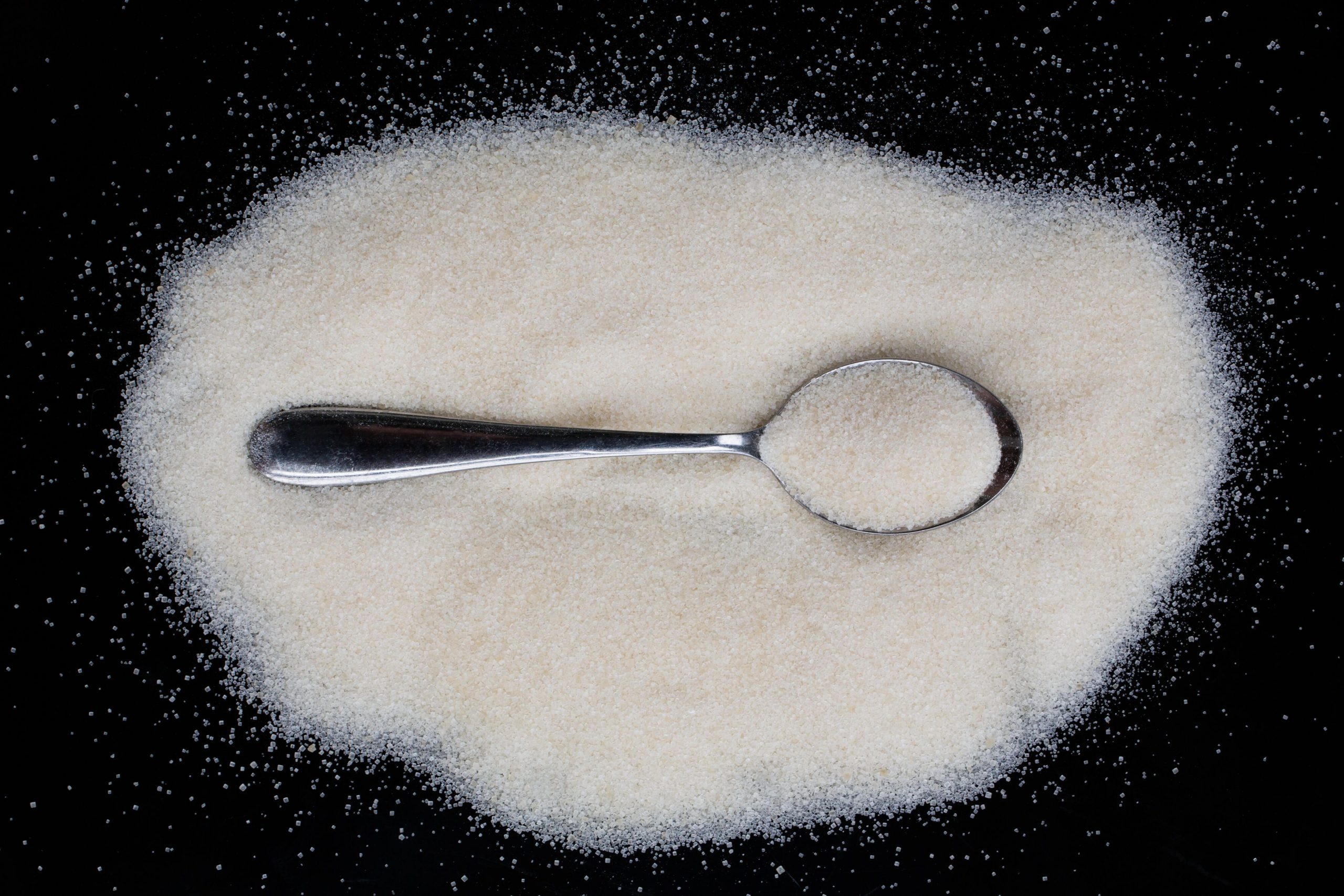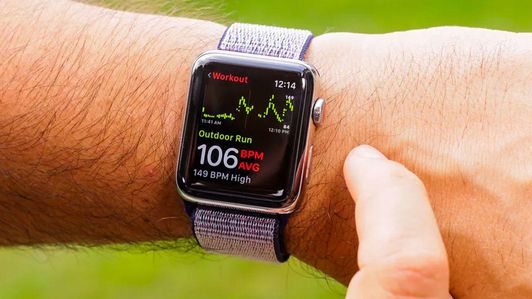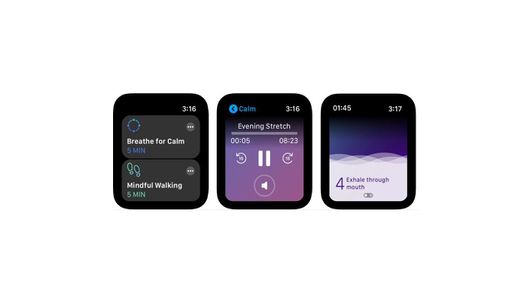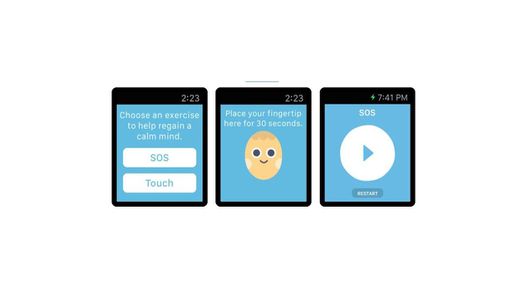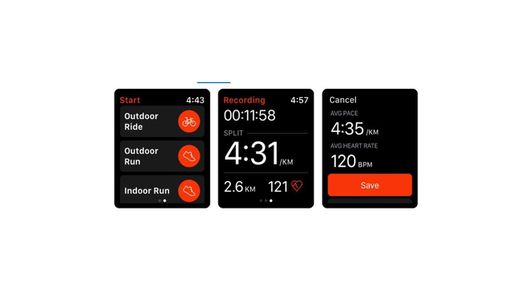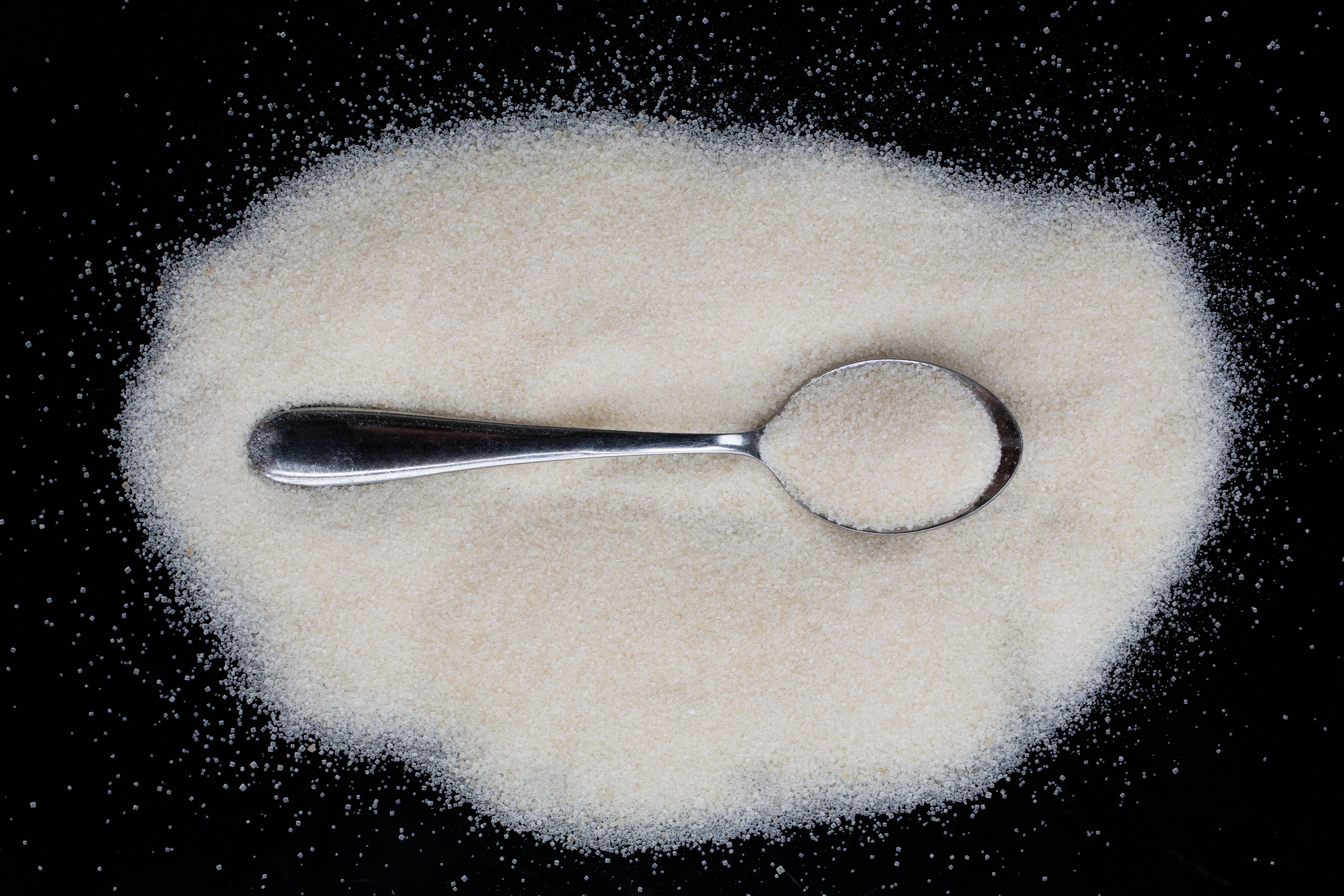
Sugar is quite addicting, but reducing it from your diet can improve your health.
Angela Lang/CNET
Eating more fresh foods, cooking at home, drinking more water and exercise all top the list when it comes to being healthy. But you can do all of that and still not be in optimum health, especially if you engage in certain habits. One of the hardest bad habits to kick? Eating too much sugar.
Cutting down your sugar intake is a simple way to improve your diet and health overall — but it’s certainly not easy. Consuming too much sugar, especially added sugar, is linked to health risks like heart disease, fatty liver disease, high blood pressure and chronic inflammation. Whether you love desserts or think that you’re consuming more sugar than you realize, and want to cut back, doing so is a smart move for your health.
Health authorities like the US Office of Disease Prevention and the World Health Organization recommend that you should get no more than 10% of your daily calories from added sugar each day. Another way to look at that amount is to limit your sugar intake to no more than 6 teaspoons, or 25 grams total. You’ll want to keep track of how much sugar you actually add to your food and drinks, but also what’s in prepackaged food or food from restaurants.
That said, if you have a sweet tooth or have never tracked your sugar intake before, it can be hard to cut back. Sugar is a highly addictive food and is lurking around in many processed foods, condiments, drinks and even foods you may think are pretty healthy, like granola bars or cereal.
If you’re looking for helpful tips to help you curb your sugar intake, below, a health coach and nutrition consultant share their tried-and-true tips that they utilize themselves and with their clients.
Read more: Sugar vs. artificial sweeteners: Which one you should choose?
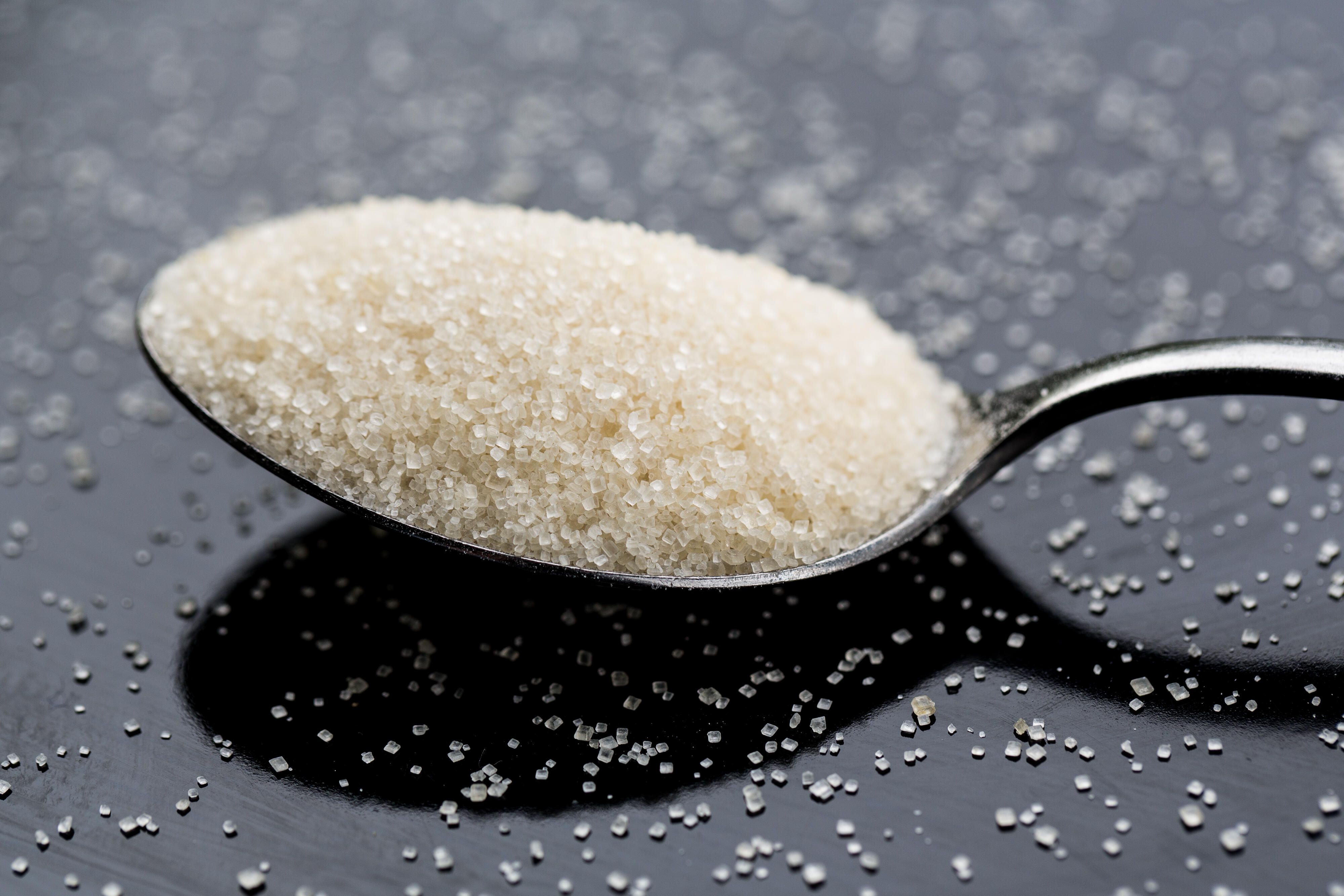
Quitting sugar cold turkey can seem like the best option, but it may not work in the long run.
Angela Lang/CNET
Don’t quit it cold turkey
If you’re ready to quit sugar, a tempting strategy is to resolve to give it up cold turkey. While that may seem like the best approach, according to Jayne Williams, a certified nutritional consultant and clinical nutrition graduate student, it’s not likely to last.
“I am never a fan of going ‘cold turkey’ when it comes to changing routined habits and making lasting change. Sugar is one of the biggest habits we want to dial down, but slowly. The key is to wean yourself over a few days so your body no longer craves it,” Williams says. Since sugar can be a quite addicting food, removing it quickly and all at once can feel extreme. The idea is slowly reduce it, and then eventually you won’t miss it as much.
“When we focus on ‘removing’ something from our diet we tend to want it even more. Rather than create a mindset where we are feeding the forbidden, I like to draw from the positive and build a mindset around abundance by adding in all the amazing food that provides optimal support,” Williams says.
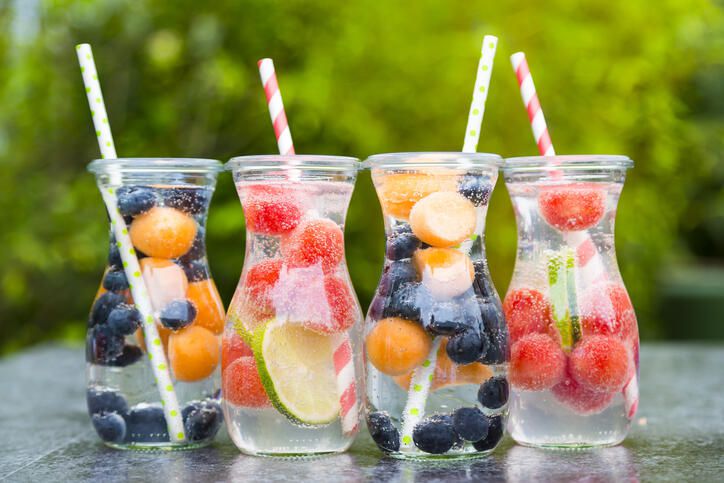
If you have trouble drinking water, add fruit to it to improve the flavor.
Getty Images
Drink more water — and add flavor
Staying well hydrated is important for your health, and also for keeping sugar cravings at bay. According to Jim Curtis, certified health coach and Head of Brand at the Institute for Integrative Nutrition, sometimes dehydration can mimic hunger. “Being dehydrated usually tricks us into thinking we’re hungry. More water means you’ll be more hydrated and will have less room for snacks, especially those sugary ones that call our names at 2 p.m.,” Curtis says.
If you don’t love plain water, you can add flavor by infusing it with lemon, strawberries, orange slices (or a combo of all three) to make a flavorful “spa” water. Plus the fruit will give it a sweet flavor, which will help if you typically drink sweetened beverages.
Look for hidden sugar in foods
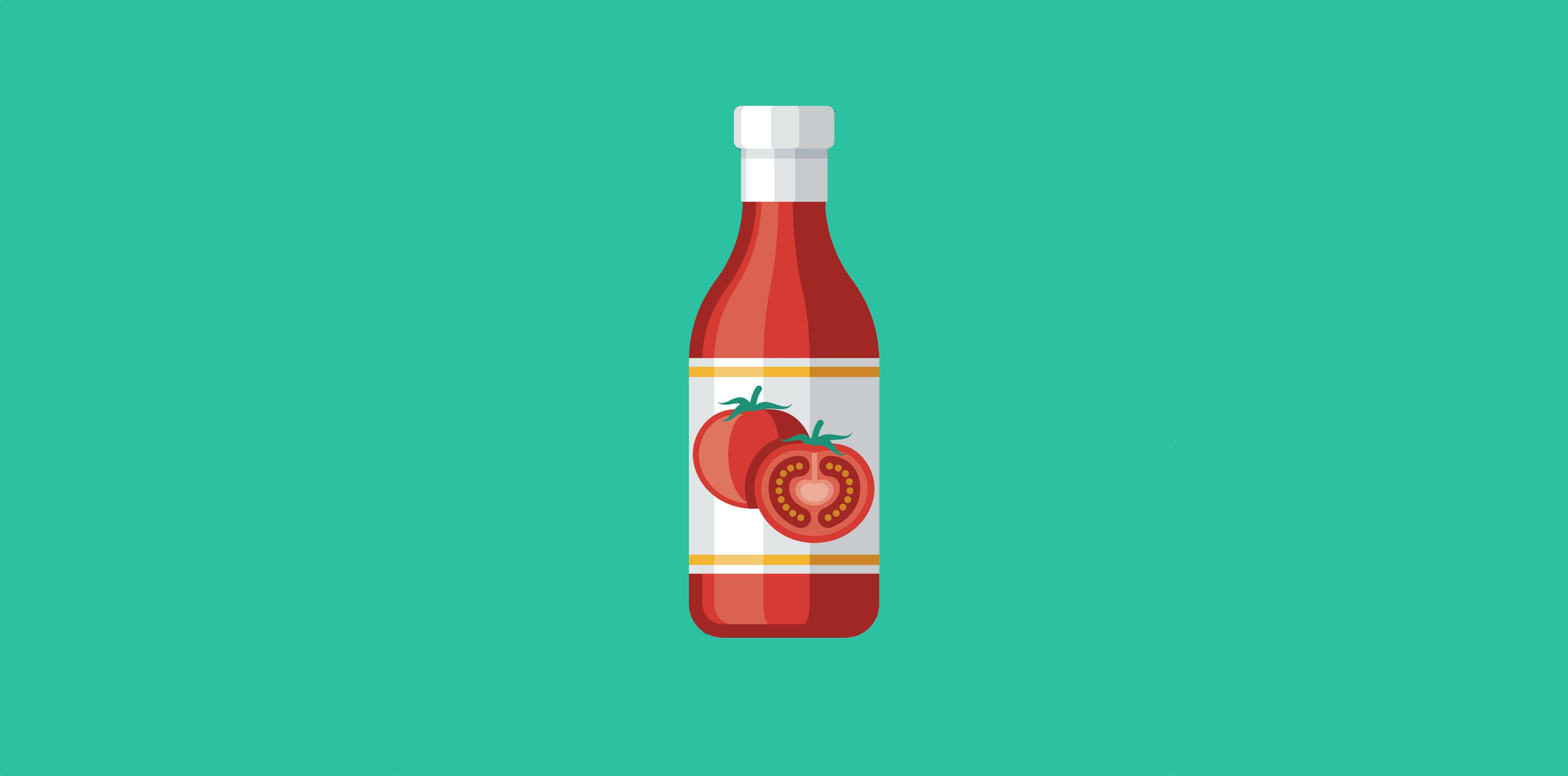
Sugar is hiding in all sorts of processed foods.
Getty Images
If you’ve never paid attention to food labels, now is the time. You’ll be surprised that most foods, even those that you wouldn’t expect — like salad dressing, sauces and soups — all contain added sugar. It’s important to read labels on everything you eat and cook with. If one of the first few ingredients is sugar, that’s a clue that the food contains more sugar than it should.
This also includes “healthy” foods like protein bars, granola bars and cereals — these products are often loaded with sugar. Don’t let marketing messages that come off as “healthy” or “natural” keep you from checking the label before you buy or eat it.
Exercise more
Exercise makes you feel better overall and boosts endorphins, making you feel happier. If you tend to crave sugar when you are stressed, anxious, or sad it’s important to find other ways to cope with emotions other than food. Exercise can help distract you from cravings and helps take your mind away from whatever is making you feel uneasy or sad.
You don’t have to exercise for very long — even 15-20 minutes of something that gets your heart rate up can help increase blood flow and oxygen, giving you feel-good benefits that help boost your energy and mood.
Don’t rely on food to destress and cope with emotions
Emotional eating is common, according to Curtis, because many people adopt poor eating habits when other areas of their lives (like work, love, or spirituality) are not satisfying enough to fill their needs.
“Sugar is often the perfect comfort food because it hits our taste buds and the pleasure centers in our brain immediately, but the effect is short-lived, making us reach for more and more to keep feeling that satisfaction,” Curtis explains.
Curtis suggests finding ways, even if they are small, to do more things that make you feel good. That can be giving yourself time to relax more, connect with friends or loved ones, pick up a hobby or pursue a passion project.
“It’s simple, really — do more of what makes you feel good and there will be far less room for things that don’t make you feel good, from sugar-laden foods and beverages to toxic relationships. Mending relationships, leading with kindness or removing toxic people in your life will help you create a space in which you’re surrounded by people who care and look after you,” Curtis says.
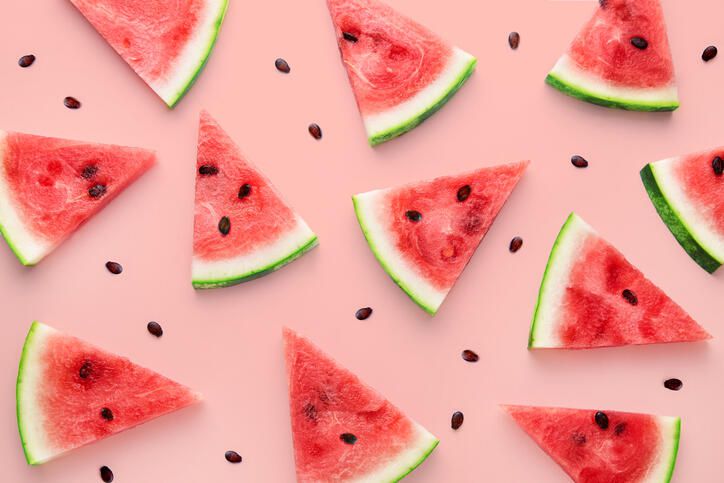
Fruit is a naturally sweet food that can help satisfy your sugar cravings.
Getty Images
Satisfy your cravings with naturally sweet whole foods
Thankfully, there are plenty of foods that taste sweet naturally and provide you with a ton of nutrition compared to food with added, processed sugar. When you are cutting back on sugar, don’t be afraid to add in more naturally sweet foods like fruit or sweet potatoes. That way you won’t feel as deprived since you still have sweeter foods in your diet.
You may still miss your candy, dessert or other sweet treats, but over time you’ll find that you enjoy the naturally sweet foods more. When I gave up all added sugar on the Whole30 program, I remember over the course of the 30 days fruit and other naturally sweet foods tasted like candy. But I wouldn’t have said the same thing if I was still eating sugar or candy. Your taste buds can change over time depending on what you eat regularly.
The information contained in this article is for educational and informational purposes only and is not intended as health or medical advice. Always consult a physician or other qualified health provider regarding any questions you may have about a medical condition or health objectives.
